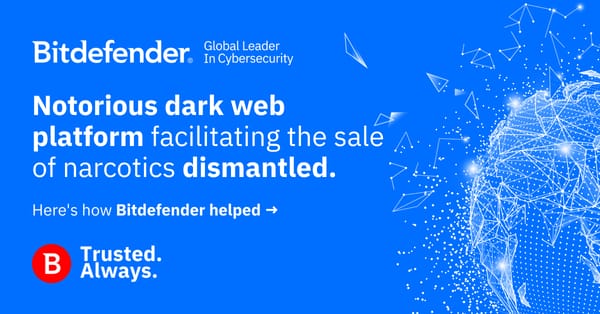Ransomware payments total $25 million, Google says

Researchers at Google, Chainalysis, UC San Diego and the NYU Tandon School of Engineering have joined forces to learn how much money victims of ransomware – malware that holds a computer”s content hostage – have cumulatively paid to have their files decrypted.
The prolific form of malware has recorded a massive uptick in infections in recent years. It encrypts files on the systems it infects and typically displays a message stating that the computer is out of commission until a ransom is paid in cryptocurrency (i.e. Bitcoin, Monero, Ethereum etc.). Recent examples of malware attacks include the WannaCry and GoldenEye/Petya epidemics.
Tracking 34 distinct families of ransomware, the researchers revealed that the three most profitable strains were Locky, with more than $7 million in payments to its name, then Cerber and CryptXXX, responsible for $6.9 million and $1.9 million in payments, in that order.
“Locky”s big advantage was the decoupling of the people who maintain the ransomware from the people who are infecting machines,” said NYU professor Damon McCoy, according to The Verge.
“Locky just focused on building the malware and support infrastructure. Then they had other botnets spread and distribute the malware, which were much better at that end of the business.”
Looking at 301,588 ransomware files from 34 families of ransomware, the team tallied the global payout by victims at around $25 million.
Luca Invernizzi, a research scientist on Google’s anti-abuse team, warns that “ransomware-as-a-service” is rapidly picking up steam. The number of RaaS platforms on the Dark Web is indeed growing, allowing even novice hackers to fuel the spike in ransomware attacks.
Users can block ransomware by installing a trusted antivirus solution. However, solutions that rely solely on malware signatures can easily be tricked by modern forms of ransomware, as the software can change its binary at the sight of an AV installed on the target computer, and avoid detection.
Bitdefender uses machine learning to go beyond signature detection and spot suspicious behavior in programs before they can run their code. Bitdefender was one of the few AV vendors that protected customers against WannaCry on day zero.
tags
Author
Filip has 15 years of experience in technology journalism. In recent years, he has turned his focus to cybersecurity in his role as Information Security Analyst at Bitdefender.
View all postsRight now Top posts
Torrents with Pirated TV Shows Used to Push Lumma Stealer Malware
November 14, 2024
What Key Cyberthreats Do Small Businesses Face?
September 06, 2024
FOLLOW US ON SOCIAL MEDIA
You might also like
Bookmarks








